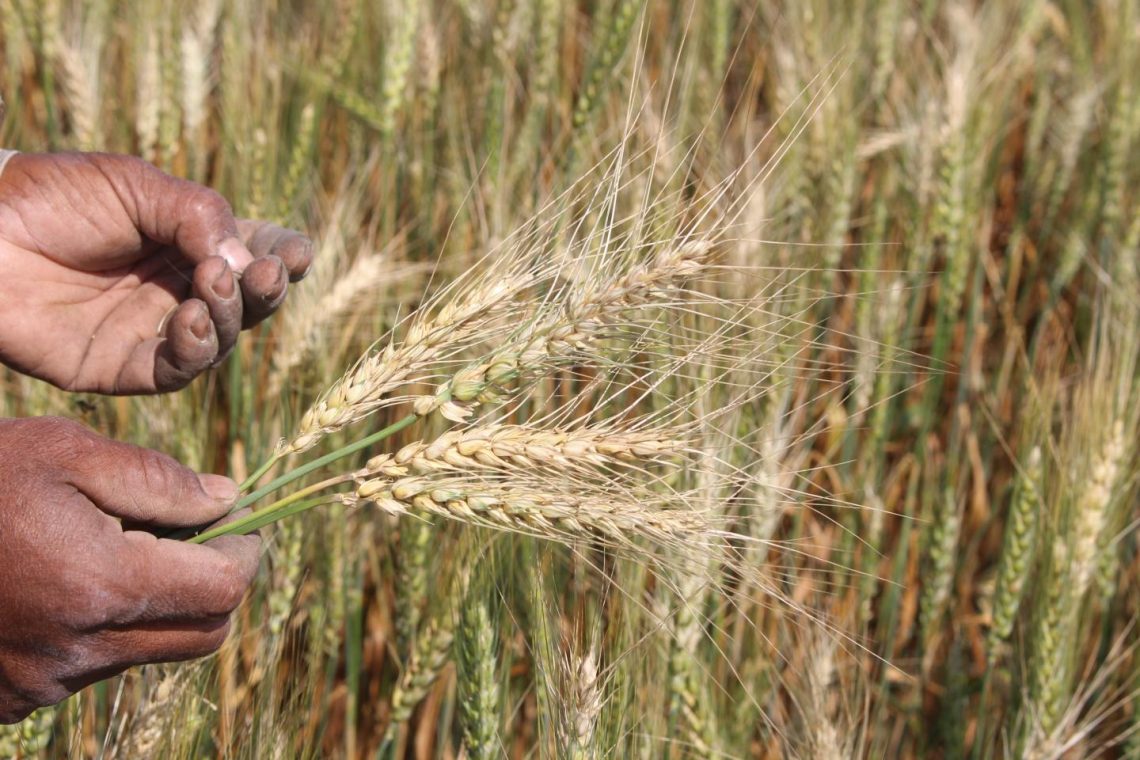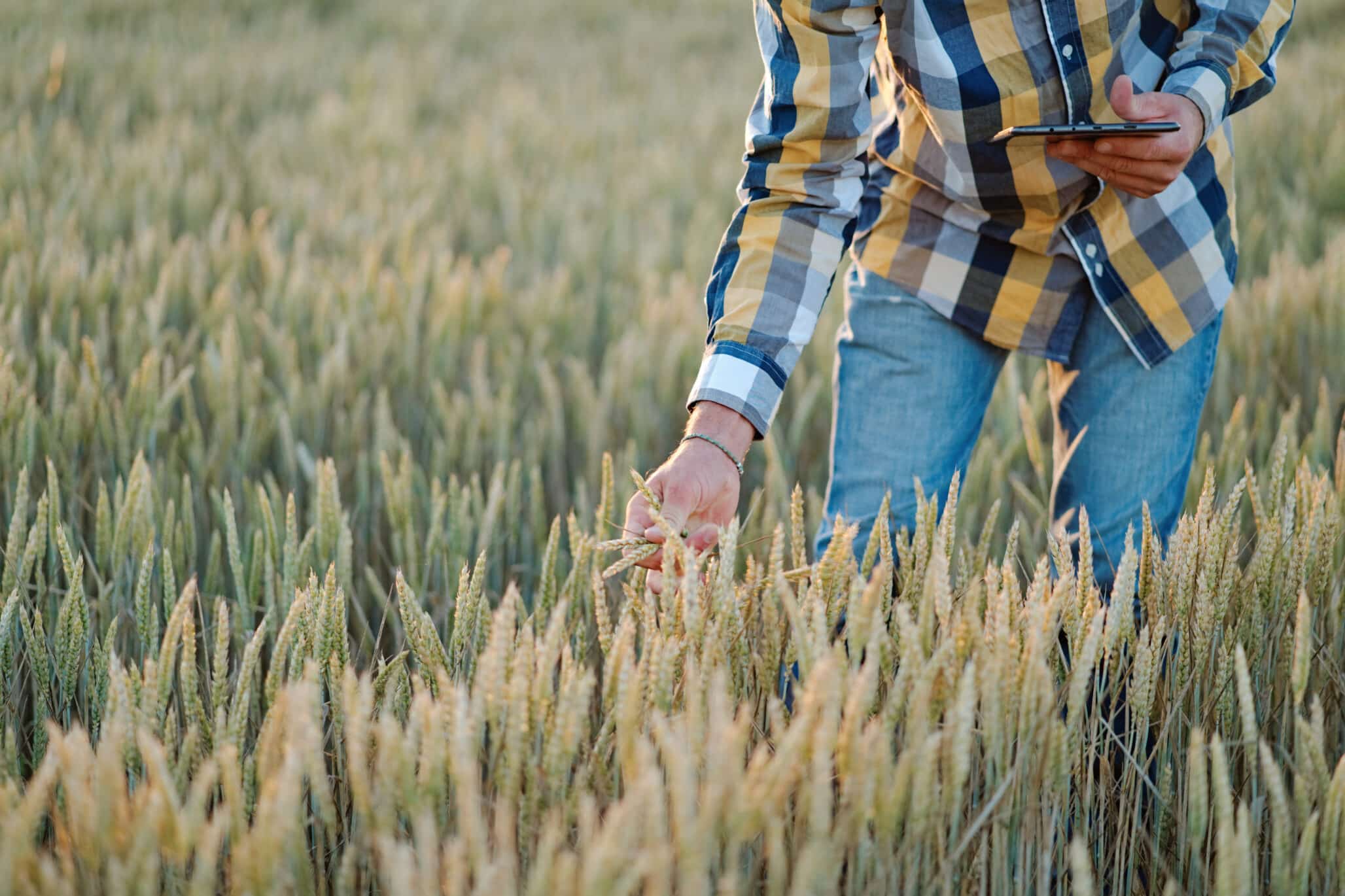A team of scientists in the U.K. and Bangladesh are turning to the combined knowledge of the global scientific community to address an emerging threat to Asian agriculture.
The target is the fearsome fungal disease wheat blast. The pathogen was spotted in Bangladesh in February this year — its first report in Asia. Wheat is the second major food source in Bangladesh, after rice. The blast disease has, so far, caused up to 90% yield losses in more than 15,000 hectares. Scientists fear that the pathogen could spread further to other wheat growing areas in South Asia.
The UK and Bangladeshi teams are making raw genetic data for the wheat blast pathogen available on a new website — http://www.
“I have a beef with the way that research is typically done. We need a fundamentally new approach to sharing genetic data for emerging plant diseases,” he said. “We need to generate and make data public more rapidly and seek input from a larger crowd because, collectively, we are better able to answer questions.”
Professor Kamoun, with colleagues at The Genome Analysis Centre and John Innes Centre in Norwich, and with Professor Tofazzal Islam’s Team of Bangabndhu Sheikh Mujubur Rahman Agricultural University (BSMRAU) in Bangladesh, is hoping that the http://www.
The blast fungus normally infects rice and over 50 types of grasses. Occasionally, a blast fungus strain would jump from one host to another resulting in a new disease. Such a “host jump” to wheat has happened in Brazil in the 1980s. The wheat blast pathogen is now rife in South America, where it infects up to 3 million hectares and causes serious crop losses.
Prof Kamoun and colleagues are working with Professor Tofazzal Islam’s team, of the Department of Biotechnology of BSMRAU in Gazipur, Bangladesh. They hope that the genetic data will help determine whether the Bangladeshi wheat-infecting strain has evolved independently from local grass-infecting fungi or was somehow introduced into the country.
Professor Tofazzal Islam said “This pathogen causes a destructive disease on rice and it would be disastrous if the same situation arises now in wheat. Genomic and post-genomic research should clarify the origin of the wheat strain and guide measures for disease management. Prompt responses are needed from the scientific community and the government of Bangladesh for addressing this national crisis to ensure increasing wheat production, which is linked with future food and nutritional security of the nation.”
The group of scientists includes Dr Diane Saunders at The Genome Analysis Centre and John Innes Centre who developed a technique last year, known as Field Pathogenomics. To date, Field Pathogenomics has been applied to track another fungal crop disease – yellow rust. The method generates highly-specific genetic information directly from diseased wheat samples to determine the identity of the pathogen strain that’s associated with an epidemic. Application of this method to wheat blast should unmask the pathogen in Bangladesh and contribute to a response plan.
The recent wheat blast epidemic in Bangladesh has prompted Professor Nick Talbot, University of Exeter, to post on the wheatblast.net website a set of genetic data generated by his group from worldwide populations of the wheat and rice blast fungus. Prof Talbot said “In an emergency like this one, the community must come together to share data and compare notes. Only then, we will determine the true identity of the pathogen and put in place effective measures in a timely fashion.”
Professor Neil Hall, Director of The Genome Analysis Centre said: “It is critical in emerging crises like this that scientific data is rapidly generated and made available as soon as possible. Having an open-access site has already galvanized open exchange of information for the ash dieback disease. The scientific community needs to rally behind open science to respond to recurrent threats to global food security.”













